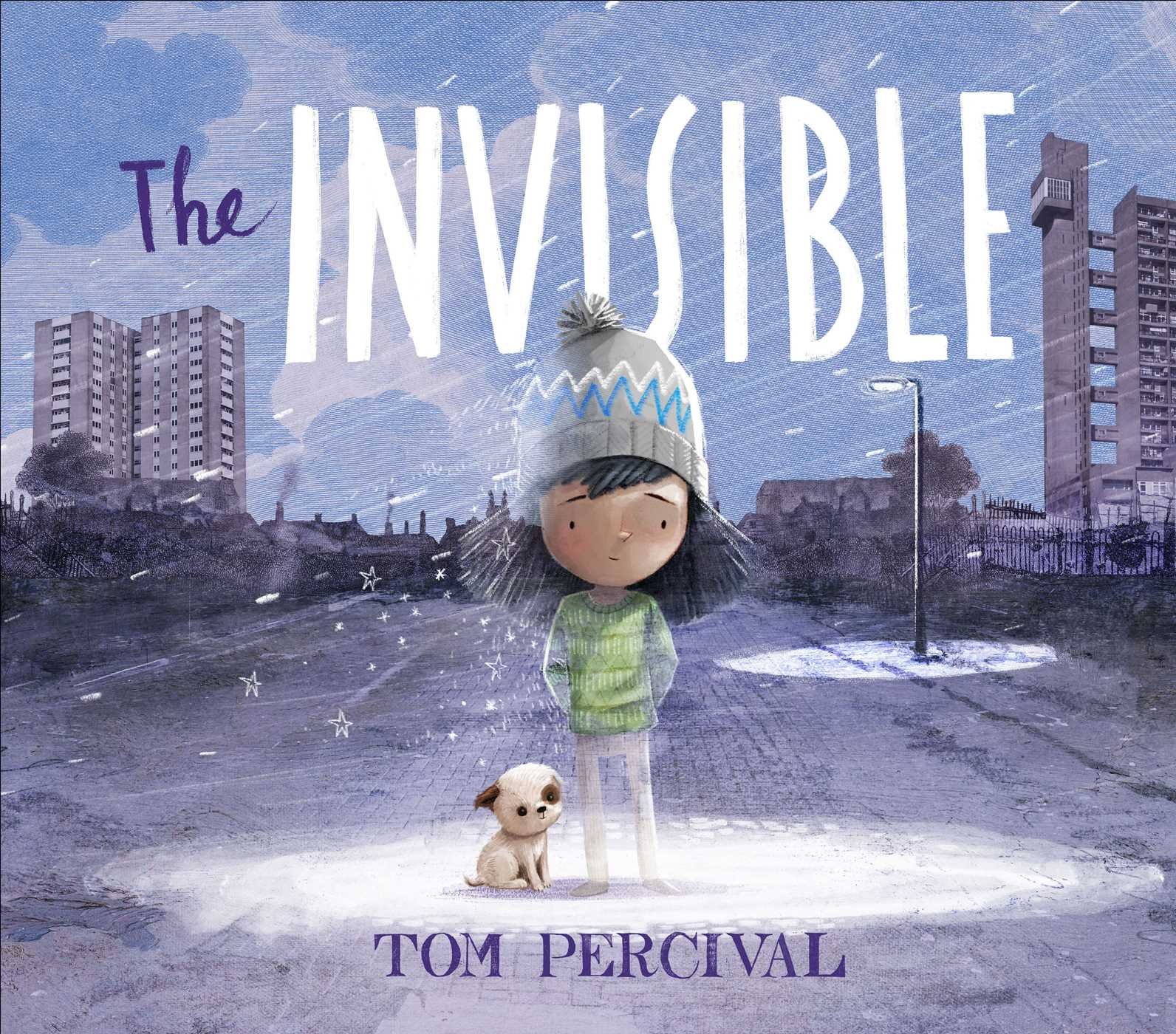POVERTY/ COST OF LIVING
THE PLAYDATE (Uje Brandelius, Clara Dackenberg)
Two different worlds collide in The Playdate (Lantana, 2025). The narrative follows a child and her mother as they go on a playdate to Henry's house. Written from the child's perspective, the illustrations poignantly tell another story: this is no ordinary playdate. The child's mother has come to clean Henry's house.
Whilst on the playdate, the child steals a robot that would have otherwise been thrown away. This plot line deepens the story, creating an excellent discussion point for readers. Is the mother’s reaction fair? Would the reader have behaved differently?
With compassion, the book offers multiple perspectives and showcases the characters' differing attitudes to each other’s worlds. It's a raw and truthful take on the way some people live, and some people think. ‘The Playdate’ is a brilliant book to provoke empathy and discussion within a classroom or educational setting.
(Reviewed by author, Tracy Bullock)
IT’S A NO MONEY DAY (Kate Milner)
A young girl takes the reader through her 'no-money day' in this gentle and pertinent perspective of life below the poverty line. An essential book to help develop empathy in young readers.
It’s a No Money Day (Barrington Stoke, 2019) explores the powerful idea of a no money day. The story begins with a depiction of the family’s situations, including budgeting and mum seemingly not eating so the child can. And once its established it’s a no money day, the main character shares with the reader all the fun things you can do that are free – including making a kitten from a dressing gown, going to the library and singing. Except today Mum and the child have to go to the food bank. On the way home, the characters play the ‘maybe one day game’ lightening the harsh reality and dribbling a little humour and hope into the story line that one day things will be different. For now though, they are grateful to those donating to the foodbank.
The colour palette and linework are emotive. There’s plenty of space between pictures and words for readers to notice details in the artwork, such as the empty shelves, allowing children to comment and ask questions if they want to, which is so important in a book that touches on a potential triggering topic.
A moving insight into the sad rise and necessity of foodbanks from the perspective of society's most vulnerable, and an essential book to help develop empathy in younger readers.
THE INVISIBLE (Tom Percival)
This is a powerful and moving story about a girl called Isabel who becomes invisible when her family leave their home, no longer having enough money to pay rent and bills. Isabel meets other invisible people and, in spite of adversity, finds a way to make a difference.
Carefully chosen words and emotive illustrations combine to depict a story that shines a light on those often overlooked in society. The reader is left with a positive and empowering message of love and humanity - everyone has a place. We all belong.
A stunning story, sensitively handled.
THE REALLY BEAUTIFUL THING (Frances Tosdevin, Ali Pye)
The Really Beautiful Thing (Andersen, 2025) is a captivating cautionary tale that warns of greed, consumerism and failing to appreciate the beauty all around… until it is too late.
Squirrel becomes enamoured with a Really Beautiful Thing and despite not knowing much about it, he sacrifices his comfortable sofa, his well-stocked fridge and even the home he shares with his friends. However, Squirrel soon realises the Really Beautiful Thing is actually rather useless. The narrative is a poignant reminder of the pitfalls of materialism and the importance of appreciating what we have - happiness isn't found in possessions but in meaningful connections.
The vibrant and engaging illustrations complement the word-perfect storytelling, bringing the characters and their emotions to life in an accessible and enjoyable way for young readers.






